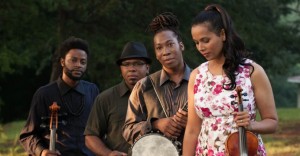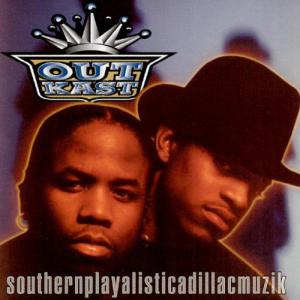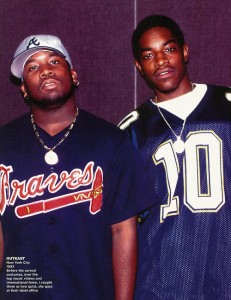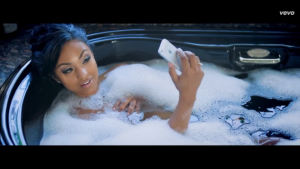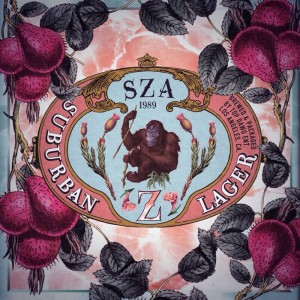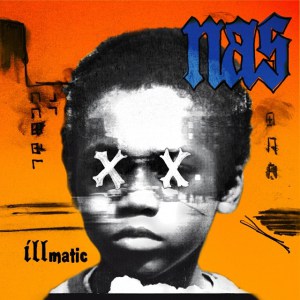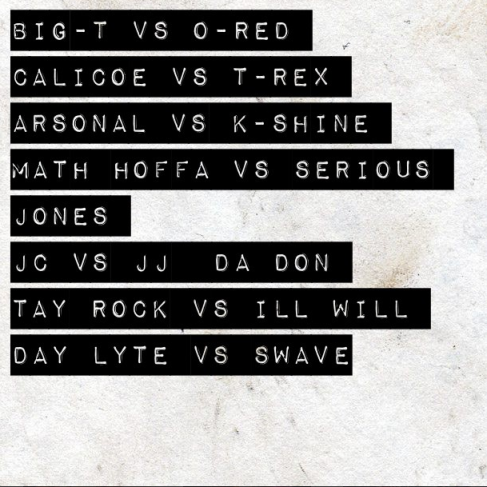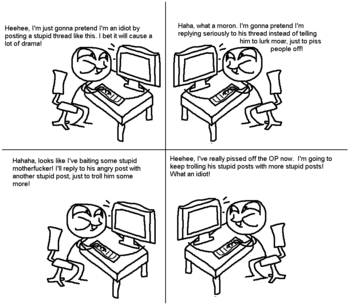By Eddie Bailey


“What can sell the most tickets? Who can fill up this building?” Daylyt says pointedly on URL Battle Rap Arena, an Internet radio show that broadcasts Battle Rap news. Day was referring to why Battle Rap leagues fill their cards with top-tier battle MCs and not up-and-coming battle MCs for marquee events. The Battle Rap industry is not that different from any other lucrative business. Let’s compare it to the recording industry. On the right you have artist A, who has raw talent, is lyrical, but lacks marketability and media savvy. On the left you have artist B, who has average talent and lyrics, but is extremely marketable and media savvy. Artist B is your marquee talent. B, is the one who will sell out arenas, get endorsements with leading brands, and make the company rich. While artist A is more talented, he just doesn’t have the star appeal. It all comes down to dollars and sense when running a business and Battle Rap is beginning to experience these growing pains in large measure, due to a new mainstream audience that never had their feet planted firmly in Battle Rap’s roots.
I can understand Daylyt’s frustration. He is one of many great MCs that can’t get a top-tier battle on URL that will give him more exposure, never mind his strategic antics to bring him more attention. There hasn’t been a classic top-tier battle in, well, I can’t remember. Ok, maybe Big T vs Tsu Surf? I’m excluding Loaded Lux and Calicoe because Calicoe didn’t put on a classic performance. The question then becomes, when will the playing field be evened?
There was a time when a battle MC was judged on his lyrical prowess and not on marketability and performance. This was in the days of MCs like Eddie Morris and Party Arty, but those days were before Battle Rap became an Internet sensation, when camera presence wasn’t deemed a vital skill for persuading crowd approval. Now the game has changed, significantly. MCs like Hitman Holla, Arsonal and Conceited have taken the industry by storm with electrifying stage presence and their ability to captivate audiences that number in the thousands. This is not all bad because it has given MCs the opportunity to be apart of nationally televised programs like MTV2′s “Nick Cannon Presents: Wildin’ Out”, but it compromises lyrical substance to watered down wordplay and emphasized showmanship that appeals, mostly, to newer mainstream fans, and not Battle Rap purists.
There are a slew of new generation MCs; Daylyt, JC, Ill Will, M. Ciddy, Young Kannon, Lotta Zay, and Danja Zone, who are more than capable of giving any top-tier battle rapper a run for their money. Most of the top battles from last year and this year have been from mid-tier battle rappers. JC vs Chilla Jones, Young Kannon vs M. Ciddy, Daylyt vs KG the Poet, Daylyt vs Lotta Zay, Ill Will vs Johnnie Alcatraz, Young Kannon vs Danja Zone, and Lotta Zay vs Syah Boy. Allow me to continue with a list of MCs who are edging top-tier status. Chilla Jones vs B-Magic, B-Magic vs Tay Roc, and any O-Red battle in the past year. These battles may not have as much views as a top-tier battle and the MCs may not possess the star quality polish, but what they do possess is the spirit of Battle Rap. They possess the fierce, ego-driven competitive nature that gets us fired up and the intricate wordplay that makes us pull back the play bar on our YouTube viewers. Plus, the replay value on these battles are crazy!

The Perceived Threat
It makes perfect sense for top-tier MCs to avoid mid-tier MCs. For one thing, it threatens their position if they stand to lose. Secondly, they’d much rather get beat by another top-tier MC as opposed to a mid-tier MC, because the risk of losing their status at the top is significantly lower. Let’s take a look at Aye Verb and Math Hoffa, for example, who are without a doubt top-tier MCs. In Summer Madness 1 they faced, then mid-tier MCs, Charlie Clips and Calicoe. To the surprise of most fans, Clips and Calicoe annihilated them. That was in the summer of 2011 and it took some time for Verb and Hoffa to get back in the good graces of fans. Ducking battles that could potentially lessen top-tier status is a calculated move to protect their brands. Most battle rappers will never make it as a recording artist so making sure that they remain in a top position is of the utmost importance.
Aye Verb recently created a vlog aimed at the new generation MCs, where he takes a “guns and butter” approach, in an attempt to school the new school. In the vlog he rambles off a few reasons why new generation MCs aren’t better than current top-tier MCs. His main reason for them not being apt to handle being at the top is because they have yet to battle anyone that is top-tier. His logic is dismissive and it creates the perfect excuse for a top-tier MC to not take a battle. Verb’s shallow perspective measures an MCs value based on their status as opposed to their ability. Another one of his reasons is that new generation MCs don’t have the polish needed to be stars. He has a point. In an era where Battle Rap star power is determined by performance, the new generation lacks this quality. What Verb doesn’t understand is that these new generation MCs don’t care about being the most polished, they only care about lyrical substance, and if they have a large enough fan base that believes in what they’re doing, the climate in Battle Rap can be changed overnight. You can’t keep running away from what’s coming for you and a new generation is steadily paving a road for themselves that will eventually lead them straight to the top. Lastly, if the new generation wasn’t a perceived threat to top-tier status, Verb’s vlog would have never been made.
Let’s have some fun for a second. Imagine a night at the URL, where Smack and Beasley decide to host an event called “Road to Becoming Top-Tier”. You have one group of MCs who are hungry to move up and an opposing group of MCs fighting to hold on to the positions that they worked so hard for. In this battle everyone stands to lose everything. And the card reads…
T-Rex vs Lotta Zay
K-Shine vs JC
Aye Verb vs Ill Will
Yung Ill vs Daylyt
Hitman Holla vs Young Kannon
DNA vs M. Ciddy
With these match ups I don’t know who would win but I am sure that half of the battles that night would be classics. That equals more classics than the URL has produced for a marquee event in year. There would also be a lot of MCs who will lose their spots at the top.
The glory days of this era is nearing the end. Top-tier success has fattened Battle Rap’s elite and they’ve become too complacent. There will come a time when top tier MCs will have battled everyone that’s top-tier. Then what? Maybe, the answer to that question is that the new top-tier MCs exist right before our eyes and they may consist of the new generation MCs that I already named? Maybe, most of the current top-tier MCs have already run their course?
Eddie Bailey of Savoy Media Group, for War Room Sports

